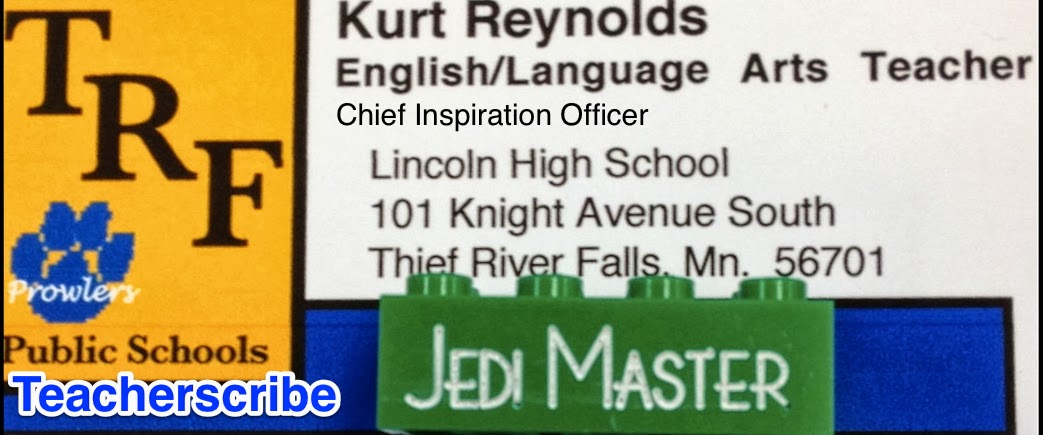Teacherscribe’s Teaching Tip #108
External problems and internal problems. I’ve become a huge leadership/business podcast and book junkie over the past two years.
One of the most interesting podcast episodes I came across last summer featured Donald Miller on Branding Your Story.
He observes that every business seeks to solve external problems. A plummer, obviously, exists to fix pipes, drains, commodes, and so on. A doctor exists to identify what is wrong with you and write a prescription. You get the idea.
However, Miller notes that every external problem also contains an internal problem. But the internal problems often get overlooked. But they make all the difference.
The businesses that thrive not only solve the external problems but they also solve the internal problems. A plummer might fix your pipes, but if he is clean and prompt and makes you feel comfortable about having a stranger inside your home, he is also solving your internal problems. A doctor might identify your strep throat and give you a prescription, but if she also is caring and thorough, she is also solving your internal problems.
What external problems do we face in the classroom? Students who are disinterested, bored, and antagonistic. Sure.
But what internal problems are at the heart of the external problems? Distrust of authority figures. Years of boring and unengaging teaching methods. Bad experiences with being shamed and belittled by some teachers.
How can we solve both of those problems?
I think, at least for me, the first step was realizing that there even are internal problems. When I heard that and began thinking about it last summer, suddenly my classes here at the ALC changed dramatically.
Here the students aren’t exactly thrilled to be in summer school. And who can blame them?
I’m the one getting paid to be here, they aren’t.
In the past, I was callous and hit them with the attitude of - “if you don’t like summer school, you shouldn’t have failed your English class last year.”
But - not surprisingly - that got me nowhere.
So I started to tweak things. I hit them with the attitude of - “if you don’t like summer school, you’re nuts because in 14 days you’re going to get half a credit. You’ll never find a better deal than that during the school year.” With that attitude I tried to solve the internal problems of distrust, apathy, and plain old anger.
It wasn’t always effective, but it was a lot more effective than acting like a jerk to them.
Then I started working on another internal problem - boredom. I told them that I was going to make most days highly engaging with some of the best stories and films I could find. Plus, I can talk to the ALC kids with a more honest vernacular than I can at LHS.
And that started to pay dividends.
Now, I’m applying this to my college in the high school classes.
External problems - they have to take a very hard class where they read and write at college levels. They want to take the easy way out. They don’t want to think outside the box or go the extra mile. They just want to be told what to do and say, get their precious A and move on.
Internal problems - fear (of the college workload, of whether they will measure up, and of the cost); fear of working hard (they can work their tales off in athletics or extra curriculars, but when it comes to the classroom, not so much. I have tackle this fear); fear of looking stupid or stepping outside their comfort zone (I address this through looking stupid and stepping outside my comfort zone as often as I can in class); and fear of what their parents will do if they get a B (I address this by explaining it’s far better to get a B and learn something (or for Mr. Froiland - come close to mastering something) than it is to get an A and learn nothing).
So what extern problems do your students present you with? And what internal problems do each of those present?
More importantly, how do you attempt to solve them both?
Damn. That makes for one tough job. But that’s why teaching is the greatest profession in the world.


No comments:
Post a Comment